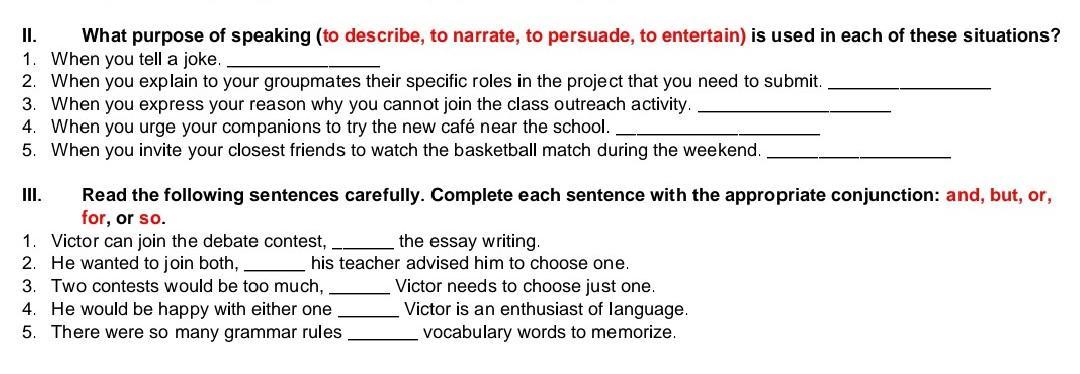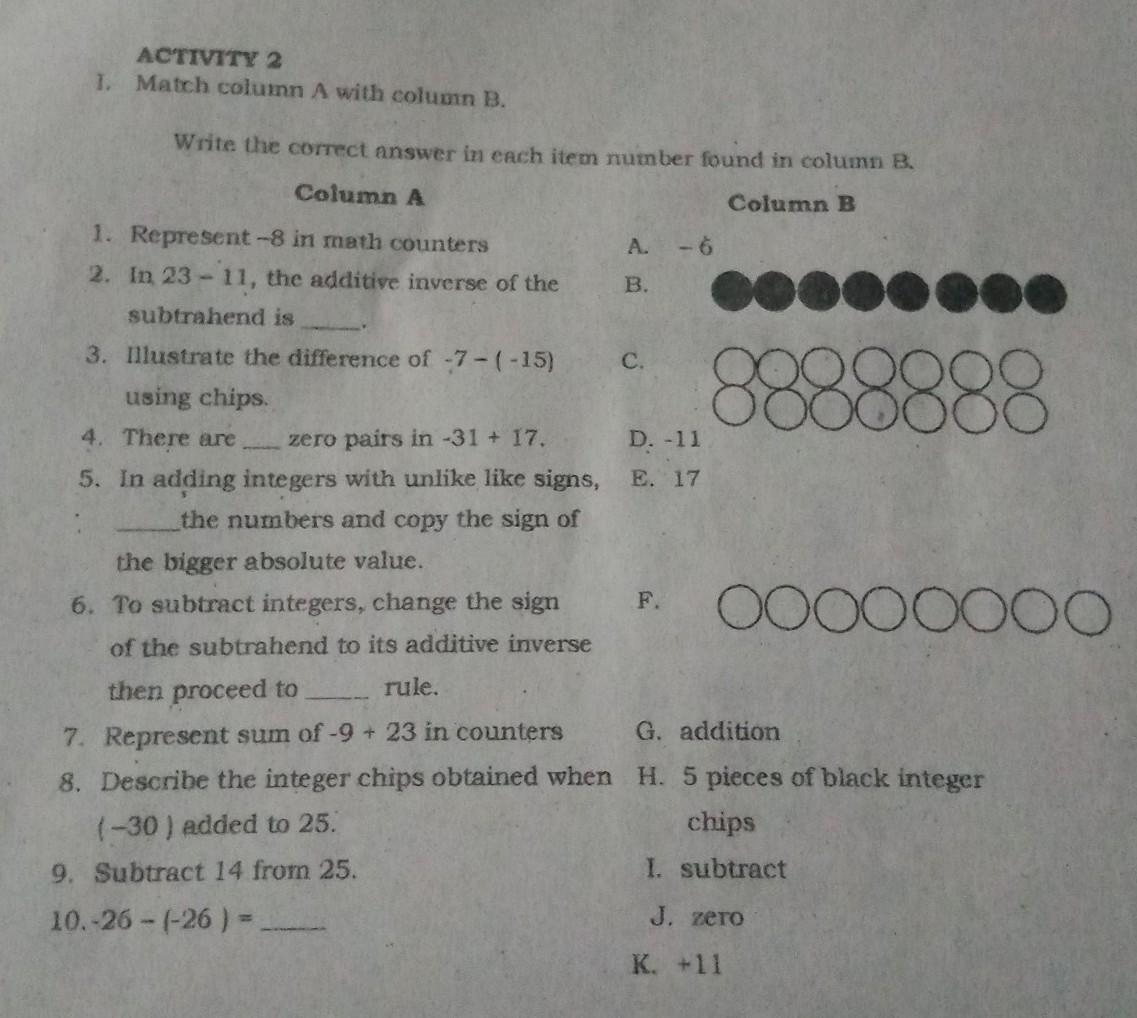Answer:
Keep It Simple: Distracting clutter The additional side dishes or things on the platter should serve as accessories to the primary ingredient. It's wise to leave some room on the plate unoccupied.
2. Color - While keeping things straightforward, be careful to avoid making the food monochrome unless you're making an artistic statement. The plate comes to life with a well-balanced assortment of textures and hues.
3.Highlight the main ingredient (or meal) by covering this area of the plate with sauces, garnishes, or chopped herbs. This is valid for plates that serve both the main course and the sides, as well as for shared tables where each dish is served in its own bowl or plate. As in a bowl when you layer your food, stacking the plate with the primary dish or component on top is another approach to draw attention to the key element or dish.
4. Use groups of three, five, or seven to follow the odds rule. It is pleasing to the eye because the imbalance adds visual intrigue. Think about this in relation to the various food groups on a plate as well as the quantity of each ingredient you are using, such as 3 scallops or 5 carrots.
5. Use garnishes to draw attention to the dish's star ingredient by arranging them on top of the food. Or you can use them to make shapes, like a circle around the plate's edge.
6.Starch in the bottom or in the middle, protein at the top, and vegetables on the side. Garnish can also be put to the side or sprinkled on top. My fave is the last one. I adore one-dish meals, and they are fantastic when dining by yourself. Think about the color contrast between your starch or base, which can also be a bed of greens, your protein, which may be meat, fish, tofu, or any kind of lentils or beans, and then your vegetables, which come in such a variety of hues you'll undoubtedly have a work of art. The vast majority of cuisines can be made using this technique.
Extra:
Keep the canvas neat and tidy. After properly plating your food, wipe up any sauce or food streaks using a napkin. A spotless plate placed around the food being served will finish the presentation.
In order to complement the main dish, are there sufficient amounts of the side dish or ingredient? It's not so much about adding more as it is about considering how the dish will be consumed. How do you want the dish to taste? What flavors need to work well together? Creating a visual equilibrium is the focus of this advice, although itIt also about arranging a flavor experience that highlights the best aspects of the dish you are delivering. In this context, balance may not be about serving equal servings of each dish, but rather about serving the ideal portions that complement the flavor experience you want to offer.



